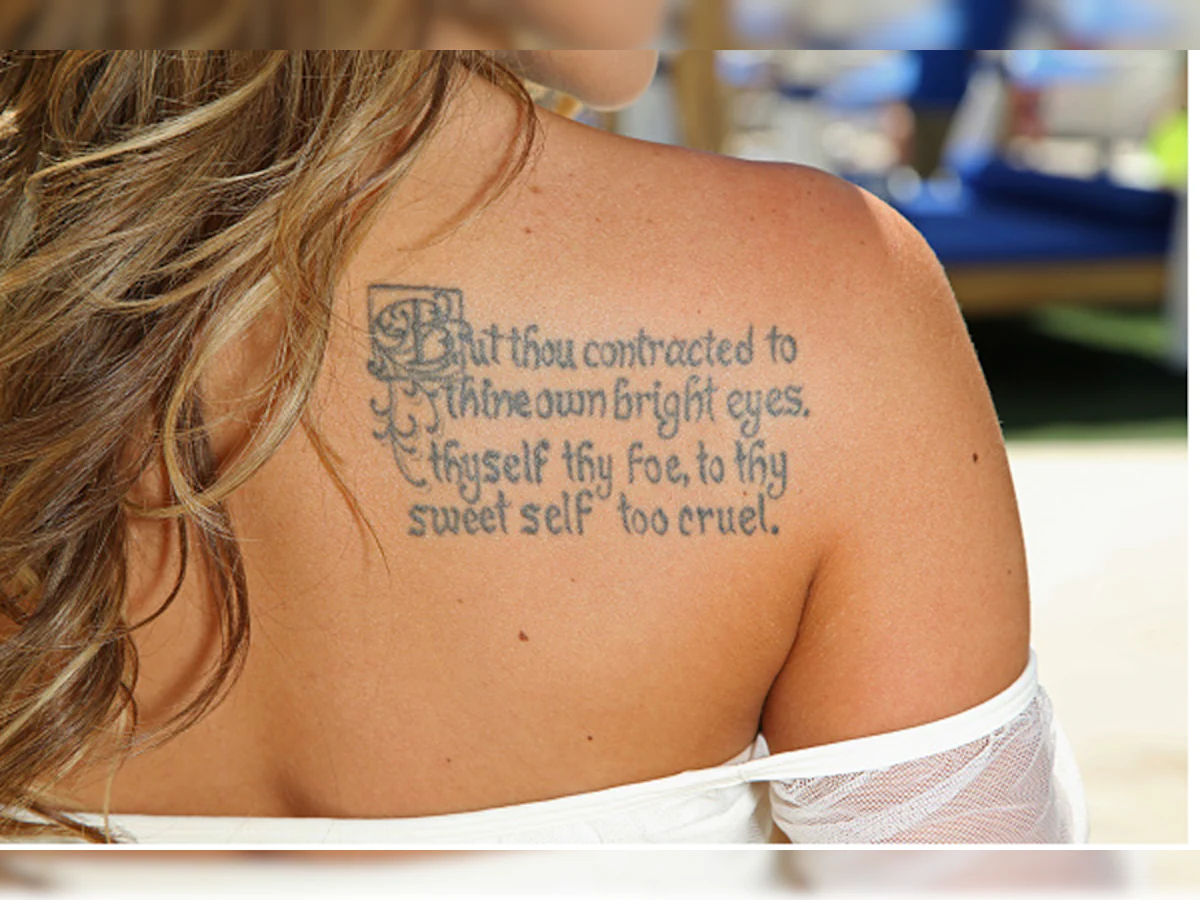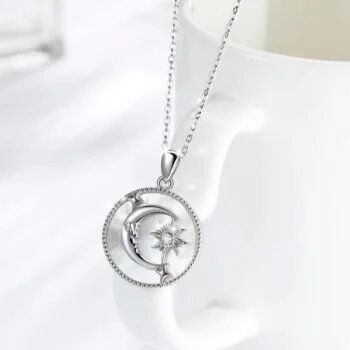Some people prefer taller heels. Black kitten heels are favored by some while stilettos are favored by others. Knowing how to make heels more comfortable is useful regardless of your feelings about them. It’s no fun to suffer for style, so there are ways to add interest to your outfit without bringing home bloody blisters and sore arches. Walking in high heels may look easy on celebrities and models, but it’s actually quite a challenge. The most well-known people in the world still make time for exercise, and they use a wide range of approaches when doing so. It’s not uncommon for celebrities to make daily use of high heels; examples include the Kardashians, Rihanna, and even Marilyn Monroe.Check out Slingo.com to see who are the most fashionable celebrities are.
Overuse syndrome of the toes can result from incorrect use of high heels because of the altered contraction of the toe muscles. Overuse syndrome causes discomfort and sometimes even tears. Heels that are too high or too narrow can cause a variety of problems, including calf, knee, and lower back pain. Whether you’ve just bought a new pair of shoes that are too tight or your old favorites are too painful, you should be able to find a quick fix. For less foot pain while wearing heels, consider these ten tips.
Size Your Heels Properly
Your foot must fit comfortably in the shoe. Before purchasing, check the shoe’s toe box to make sure the longest toe is not cramped. Do not go shoe shopping until you have walked around all day and your feet are swollen. Check the space between your toes, too. Shoes that are too small are a common issue for women with wide feet. Deformities of the feet, such as bunions, neuromas, and hammertoes, can result from changes and damage to the underlying bones if you ignore them. Your feet will be most at ease in shoes that are just the right size for them. Injuries are more likely to occur when wearing shoes that don’t feel right.
1. Breaking In
Never go out in brand new heels without first breaking them in at home. Instead of wearing shoes around the house, try wearing socks or shoe stretchers to keep your toes warm.
2. Leather Over Synthetic
Before you buy, give some thought to the heel’s build. Conversely, leather shoes will soften and mold to the shape of your feet over time. Leather, in contrast to many other materials, is both malleable and simple to manipulate. Because of their composition, synthetic products are typically more rigid and have a plastic-like feel to the touch.
3. Insoles
Heels are much more bearable with cushioned insoles. This pad is placed in the ball of the foot to absorb shock and cushion the foot. Memory foam is the ideal material for these insole cushions. This foam can be molded into insoles that are customized to the shape of the wearer’s foot.
4. Trim The Heels
Having the heels trimmed can make your most loved pair of shoes much more wearable. Visit a shoe repair shop to see if they can fix the shoe for you. It’s possible that they’ll discover a noticeable performance boost from even a minor reduction in the shoe’s length.
5. Practice Walking In Heels
Your walk in heels shouldn’t ever look the same as your walk in sneakers. Proper walking form can reduce stress on your muscles and joints. When walking, keep your abdominal muscles tight, your back straight, and your weight on the outside of your foot as you push off with your toes.
6. Use Patroleum Jelly or Stick Deoderant
Applying petroleum jelly or deodorant to your Achilles heel can help prevent blisters from forming. According to professionals, deodorant acts as a protective layer to reduce friction that isn’t necessary.
7. Moleskin For Your Feet
Moleskin is helpful for protecting the skin in friction-prone areas of the foot. If you cut it to size, you can put it right where the pain is. Calves, knees, and back all feel the effects of having to change your posture to accommodate heels.
8. Rest
There will be no long-term effects from the stress of wearing high heels all night. If you wear high heels daily, however, you may want to take a break at some point. The expert recommends changing into a new pair of shoes around lunchtime. The author recommends that women limit their time spent in high heels to as little as possible.
9. Athletic Tape
Taping your third and fourth toes together may help alleviate pain felt in the ball of your foot. Keep these two toes taped together with Athletic Tape at all times to avoid cramping and numbness.
10. Wanna Stand Tall? Use Platforms
If you only wear heels because you want to appear taller, you might want to try a pair of platforms instead. The platform’s job is to move the wearer’s weight away from their heels and onto the balls of their feet. The safer your footing, the higher the platform.
11. Try a Slimmer Heel
After your feet have adjusted to the additional height provided by a thicker heel, you can switch to a lower heel while still remaining within a comfortable height range. Slingbacks are a great choice for the bride who wants to show off her feet, and embellishments can make even the most practical bridal shoes more interesting. Job interviews and brunch dates call for a classic pair of black pumps. You should know, in any case, that your commanding presence will be the highlight of the show.
Be Prepared
Keep a first aid kit handy, complete with Band-Aids and gel pads, when getting used to walking in high heels for the first time. Since you never know when an accident or other calamity might occur, he advises bringing along a pair of foldable flats just in case. New shoes’ soles should be roughed up before use to increase traction and reduce the risk of slipping. Quick and easy methods include using sandpaper or a nail file.
Can Wearing Heels Often Be Bad?
When women wear shoes with a high heel, they increase their risk of spraining or breaking their ankles. Because of this, your muscles have likely become tired. Other muscles can be shortened as well, if that becomes necessary. This is terrible news for your hips, legs, and lower back all at the same time. When you wear high heels on a regular basis, you put your Achilles tendon and the ligament that helps stabilize your first metatarsal at risk of becoming injured. At first glance, tendon thickening may appear to be advantageous; however, let’s take a closer look at how your shoes are to blame for the problem. The Achilles tendons of women who wear high heels frequently have been found by researchers in 2010 to be larger and more rigid than the Achilles tendons of women who do not wear high heels frequently. Comparing the tendon lengths of women who wore heels to those who wore flats revealed virtually no difference. Women who wore high heels on a regular basis were more likely to experience a shortening of their Achilles tendons. This was due to the fact that their calf muscles did not lengthen as a means of compensation. Stretching the toes, knees, and other joints on a consistent basis may be helpful in warding off this condition. If you experience a significant amount of pain when you walk, you need to see a physiotherapist as soon as possible.



